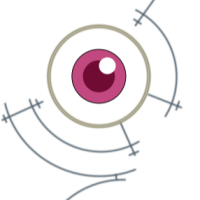
Naja, andere Sprachen sind halt vergebender als C. Natürlich muss man halbwegs wissen, was man tut, aber die wenigsten Sprachen explodieren einem direkt ins Gesicht, wenn man versucht ein paar Strings zu manipulieren, ohne vorher 10 Seiten Erklärung genau gelesen und verstanden zu haben. Und bei den vermeintlich einfacheren Sprachen funktionieren auch Intuitionen, wie z.B. das string1 + string2 so etwas sein könnte wie die Aneinanderreihung der beiden Strings (Ist es in C nicht, falls du es nicht wusstest). Da kann man dann einfach ein bisschen rumprobieren und wurschteln, bis es passend aussieht. Das geht bei großen Sachen natürlich immer noch schief, aber für so kleine Scripte reicht es meistens.